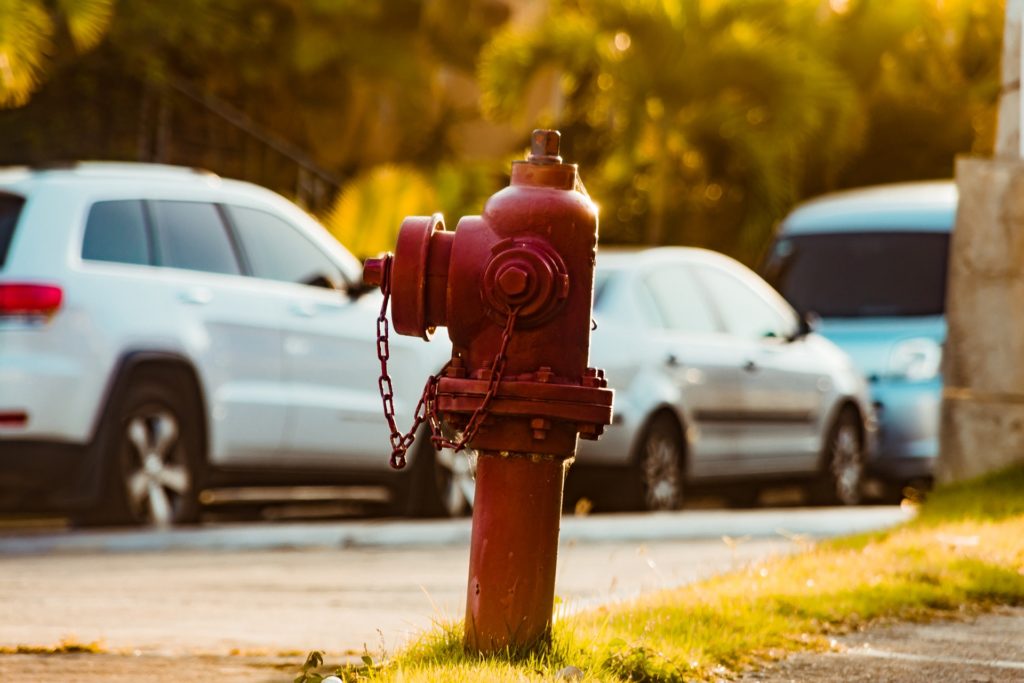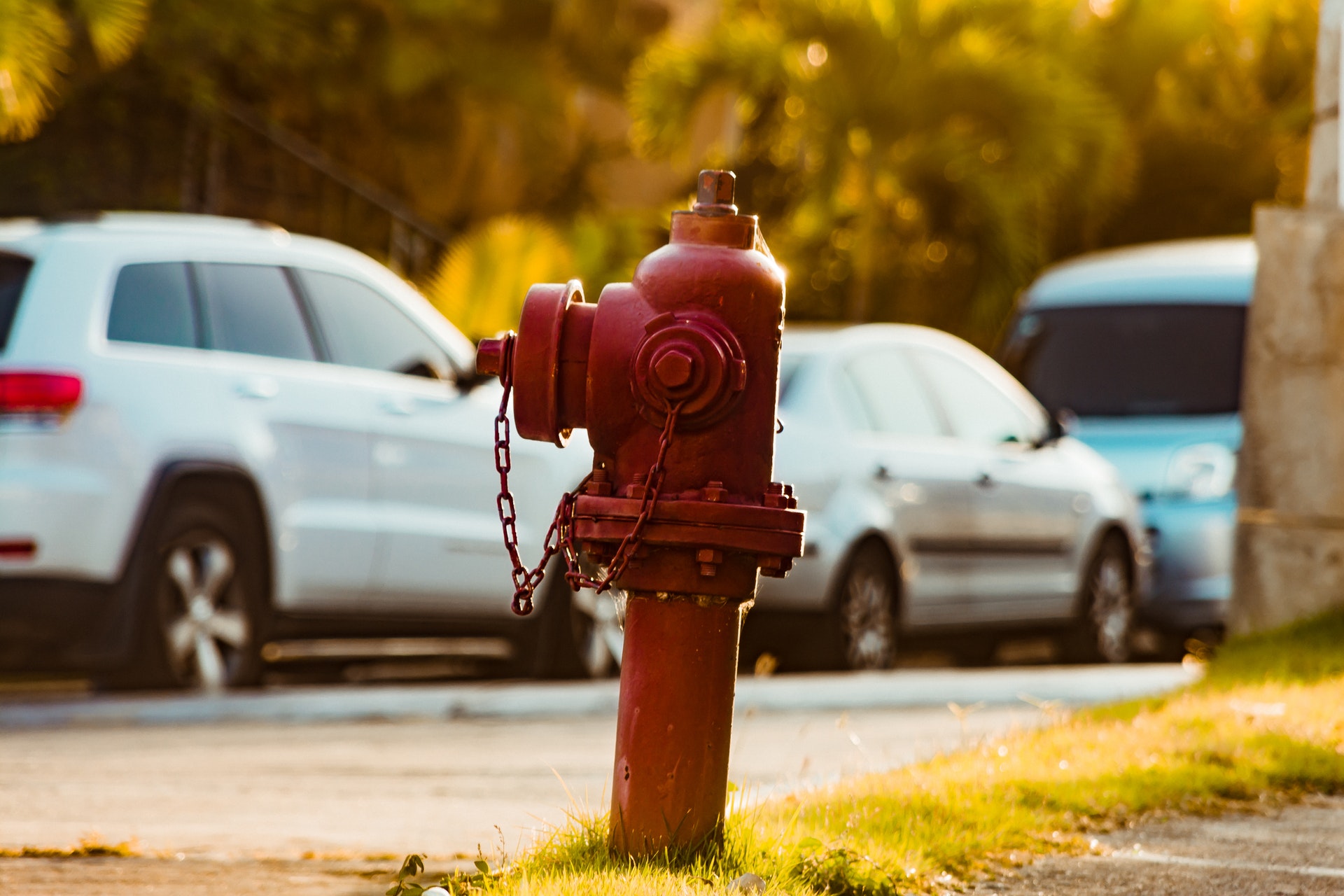
Whenever a fire breaks out, it is crucial that there is a swift response to minimize the damage. In a matter of minutes, firefighters arrive along with their fire engines as well as their water supply. Most of the fire hoses are able to deliver about a thousand liters per minute. It is no surprise that the water supply from the fire engine runs dry fast. Since water supply from the fire engines are limited, a fire hydrant becomes the vital source of water when big fires need to be put out.
Since fire hydrants are essential in fighting major fires, they should be in excellent condition all the time. Manufacturers provide a fire hydrant system checklist as well as share their knowledge on fire hydrant maintenance procedure for different types of fire hydrants. Here are some guidelines in maintaining and inspecting a fire hydrant to keep people and properties safe from fire.
Private and Public Fire Hydrants
Most of the fire hydrants that we see in our city are placed on public land. If this is the case, the ones responsible for its maintenance are the local governments. They are in charge of scheduling regular inspections to ensure that the fire hydrants remain free from any obstructions.
There are also fire hydrants found on private land. If this is the case, such hydrants are considered to be private ones. It is the task of the landowner to take care of the fire hydrants and make sure that they work well.
If you have a private hydrant in your property, you can employ the services of a fire safety firm so that they can inspect and maintain your private fire hydrant. But even if you will be asking professionals to perform the tasks of taking care of the fire hydrant, it is still vital that you know the different steps that are necessary.
A frequency of Fire Hydrant Inspection
It is recommended that fire hydrants be inspected at least two times annually. Inspections should be conducted every six months so that the fire hydrant will be in its best shape all the time.
During winter, it may be difficult to perform maintenance procedures. Spring and fall is the best time to perform inspections. Most often, visual inspection is conducted during spring. Then in the fall, a more rigorous maintenance inspection is done.
If you are an owner of a private hydrant, do take note of each of the inspections conducted for your fire hydrant. It will come in handy as proof for provincial inspectors, fire commissioners, and other authorities.
Inspection Procedure
Regardless of the kind of inspection, there are required steps to ensure that the fire hydrant is well-maintained. Here are the parts that need to be examined for obstruction, rust, or wear.
- Gaskets and O-ring seals
- Barrels
- Drain Valves
- Main Valves
- Caps and Cap Threads
When these parts have been checked, the inspector will then determine if there are any parts that need replacement, repair, or cleaning. If you feel you are not confident in performing any procedure involving your fire hydrant, you can always ask help from expert professionals who can do the work for you. At that, you can be sure that the fire hydrant is in top working order and will last for a long time.
Visual Inspection
Visual inspections are conducted so that the fire hydrants can be checked if they have any damage. Such damages may cause the fire hydrants not to function correctly. Apart from that, fire hydrants are also checked for vandalism.
In visual inspections, the fire hydrant inspector performs tests to see if the fire hydrant fills up and releases water. If any problems are encountered during this process, then it is necessary to have a closer inspection. Such a procedure may include the replacement of any damaged parts or checking the fire hydrant if there are any obstructions that cause it not to work properly.
Basic Maintenance
Spring and autumn are the recommended time for fire hydrant inspection while summer is the best time for maintenance. During this time, maintenance clearance is a major concern.
The fire hydrant has to have a minimum clearance of two meters. This means that cars should park in front of it. Along with that, plants or other objects should not be blocking access to the valves of the fire hydrant.
Maintenance Inspection
During maintenance inspections, the water access is shut off so that the fire hydrant inspector can remove the valves as well as the other parts of the hydrant. A closer examination is then performed. All of the pieces will be checked during the maintenance inspection.
If there are any parts that are damaged, then those are replaced. After that, the moving parts are lubricated. When the maintenance inspection procedure is finished, then all of the fire hydrant parts are then put back together.
Snow and Freezing Clearance
There are two significant problems during winter: snow and freezing. While most of the fire hydrants can resist damages caused by freezing, it is still best to have a maintenance inspection during fall to protect the fire hydrant from freezing. It is also important to clear the fire hydrant from snow. The firefighters should be able to locate it quickly so that they can act fast in putting any fire out.
General Maintenance
The great thing about fire hydrants is that that they are not complicated. They are very easy to maintain and keep in excellent working condition at any time of the year. It is vital to keep in mind that the basic maintenance is conducted to ensure that they work well and that they last longer.
If you are in charge of any fire hydrant, especially private ones, do have them inspected regularly and keep them clear of any kind of obstructions. We offer an array of services when it comes to maintenance, repair, or replacement of fire hydrants. If you have any inquiry, do not hesitate to reach out to us so we can discuss it and help you in maintaining and inspecting your fire hydrant.

